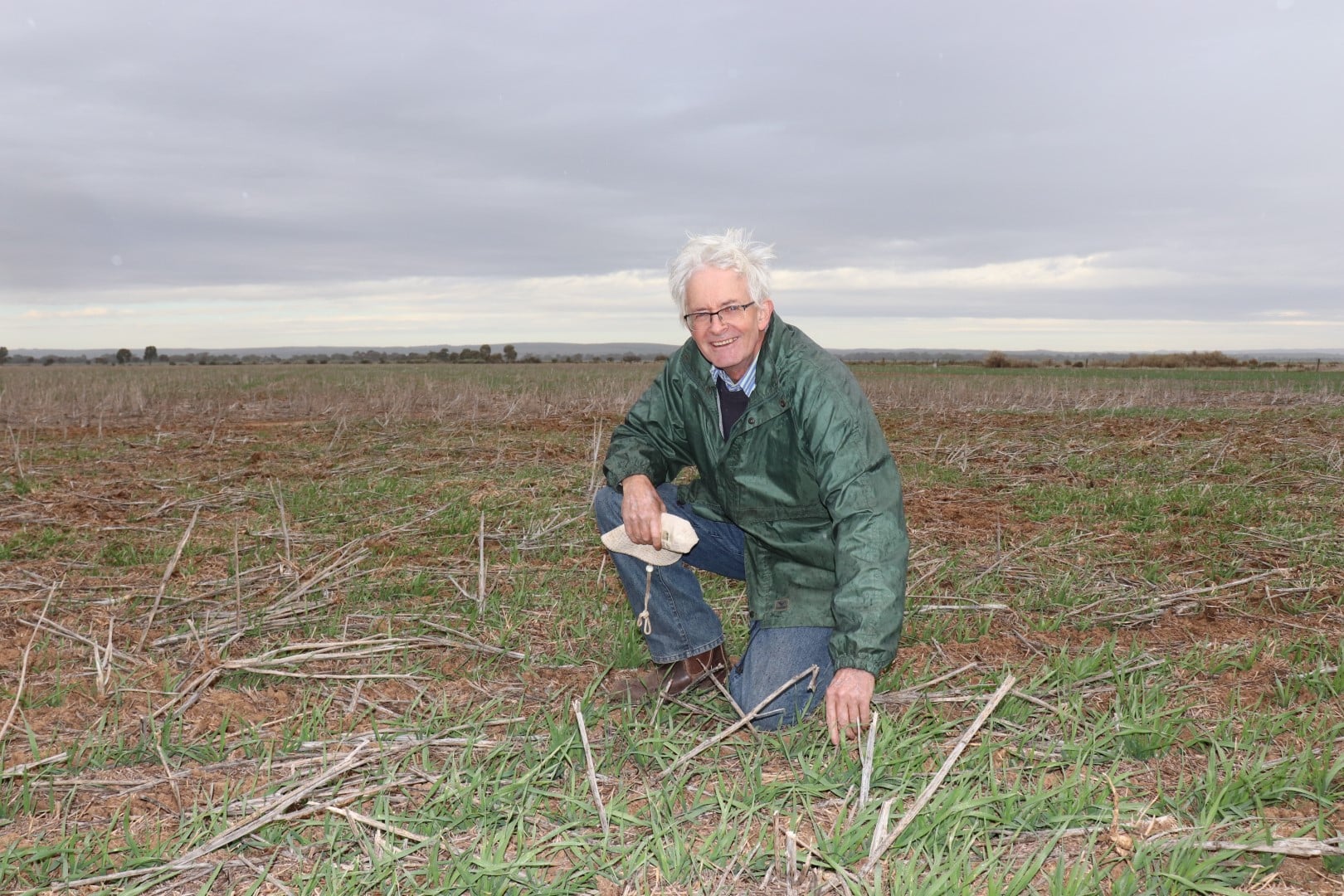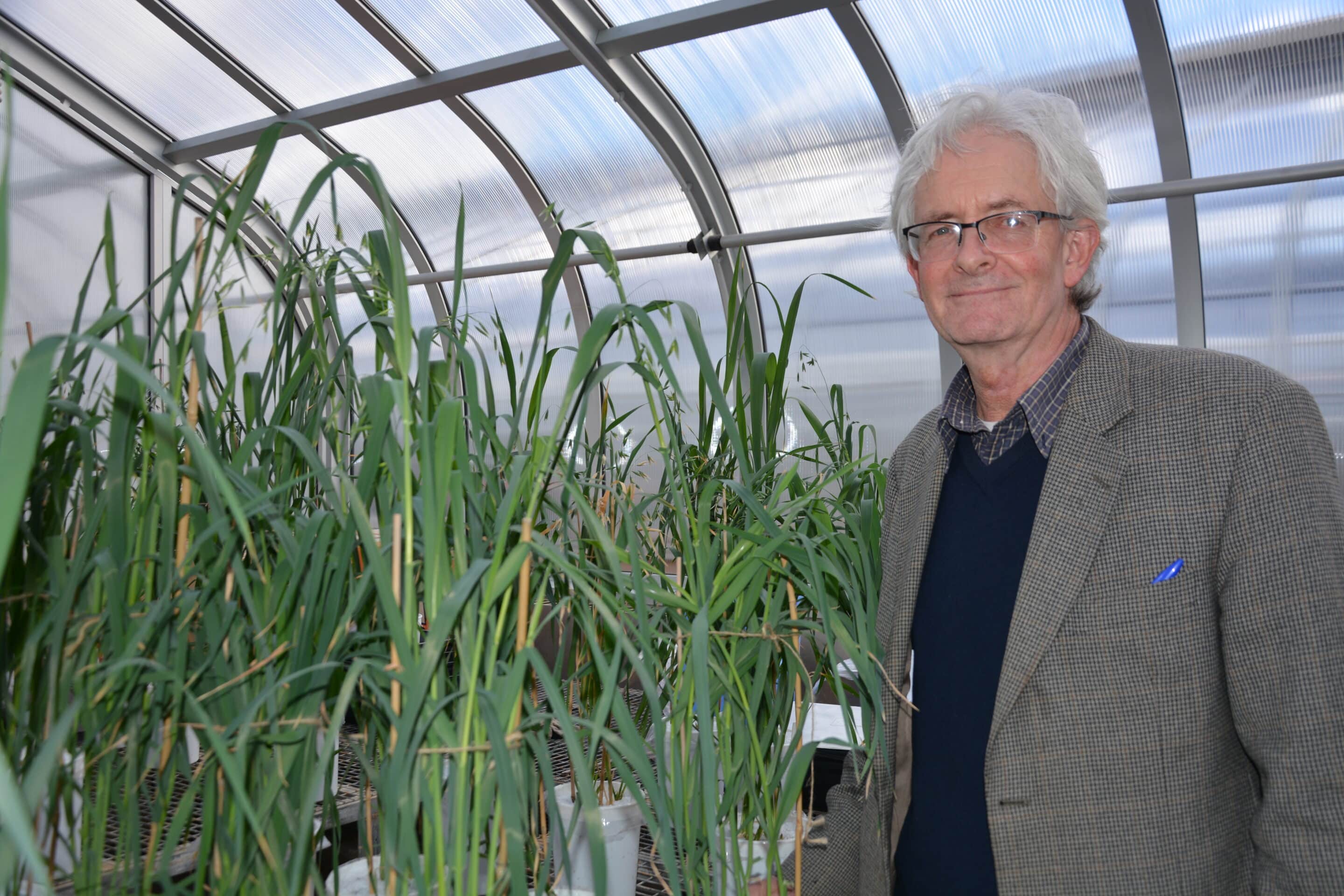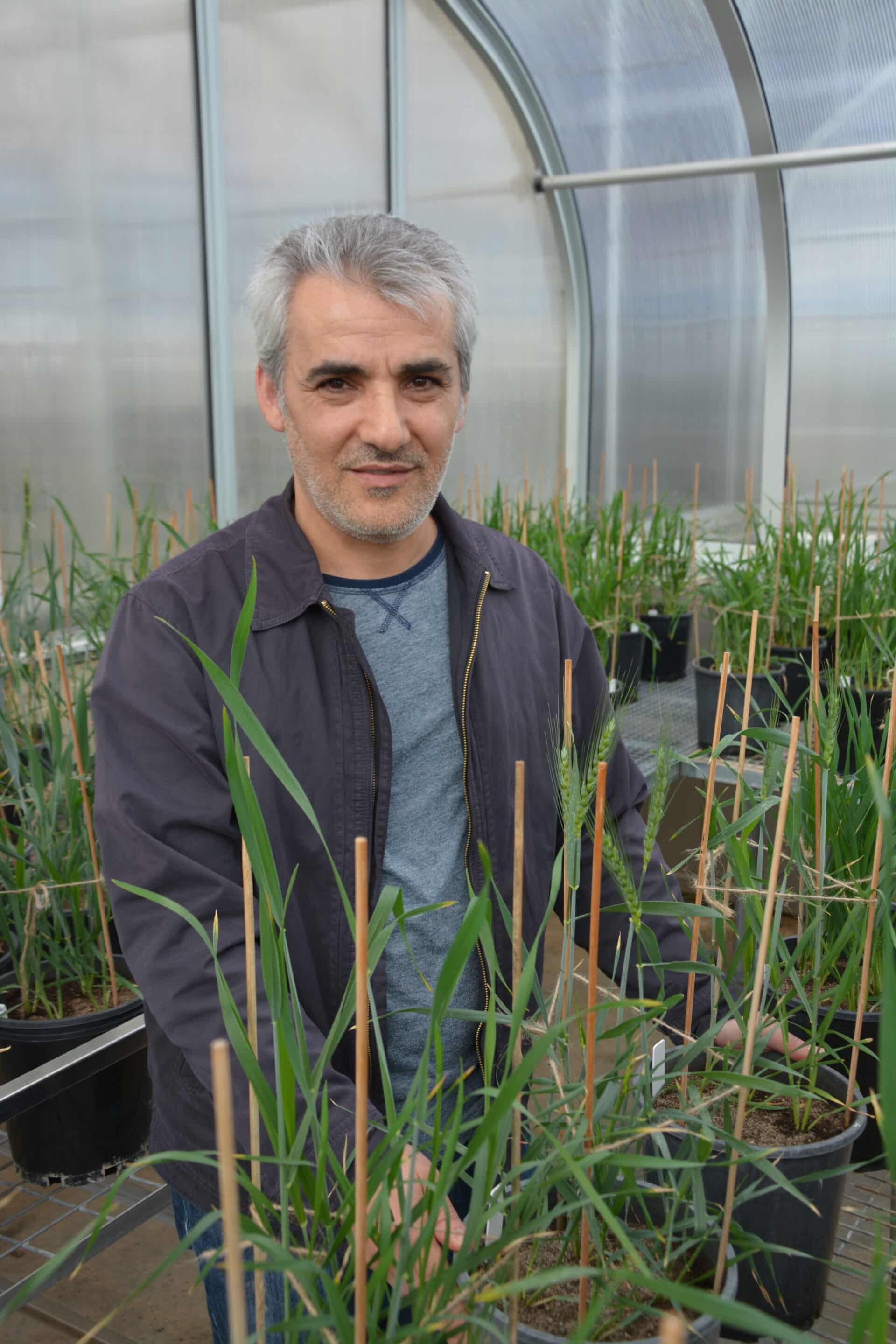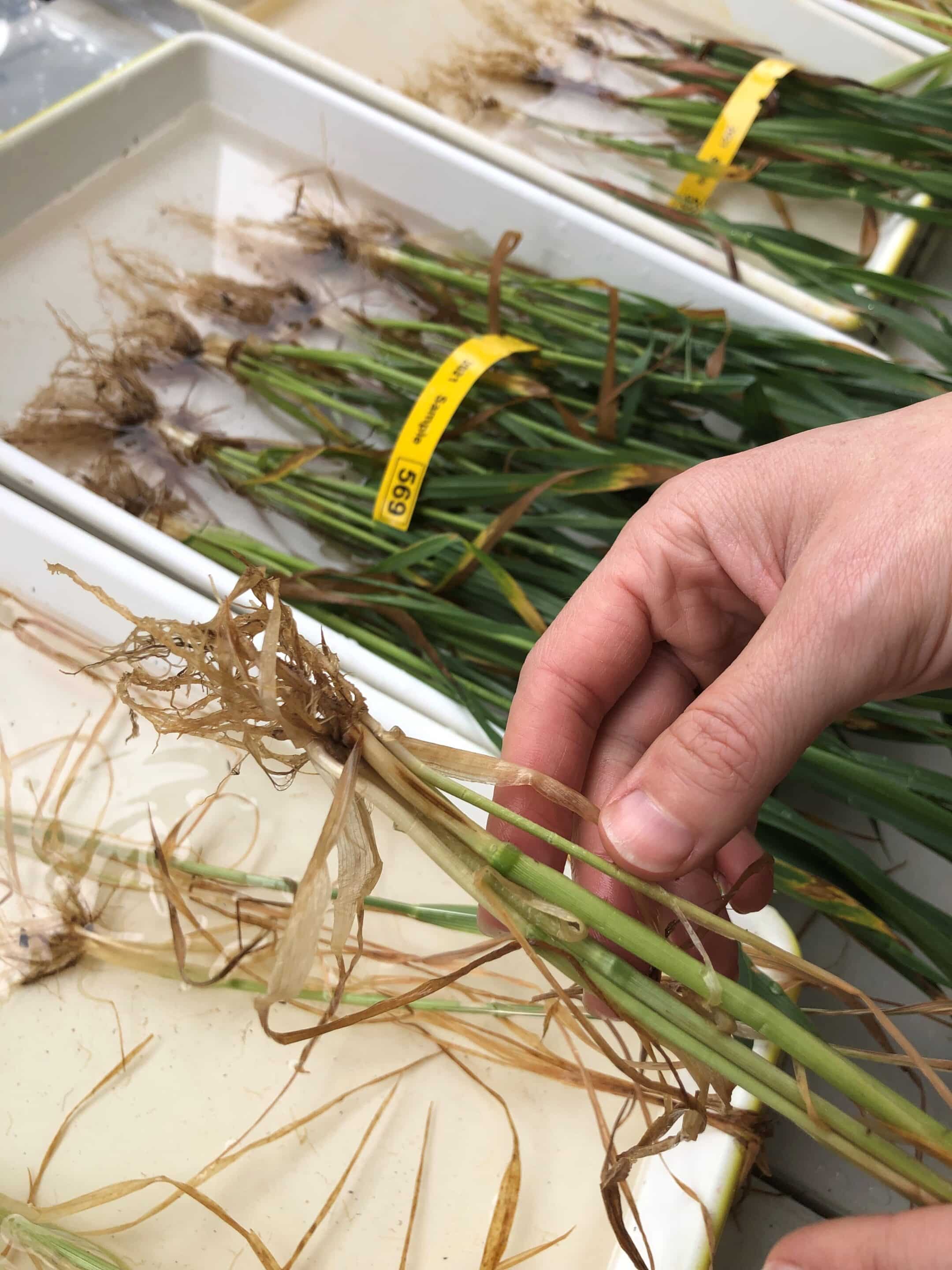START
FINISH

Summary
About 60 per cent of SA agricultural soils are sodic or saline-sodic. Wheat typically yields poorly in these soils, while some oat and barley varieties are better suited. A range of oat, barley and wheat varieties were trialled at a control site at Turretfield and a saline-sodic site at Redhill during the 2018 and 2019 seasons.
These trials identified a number of commercially available oat varieties for grain and hay/forage production that are tolerant to saline-sodic soil conditions.
Background
Growers in low rainfall marginal areas, particularly those with sodic or saline-sodic soils, are limited in crop selection. Soils high in sodium or sodium chloride can create a toxic soil environment for crop growth. As the salt concentration of the soil moisture increases, water uptake by crops is impacted. This affects root growth, biomass production and yield.
Oats are a common crop choice for growers in marginal areas as they are less sensitive to salinity issues and usually require minimal nutrient inputs to perform adequately. Prior to this research, it was not known whether sufficient genotypic variation existed in oats for tolerance of saline-sodic conditions to enable identification of varieties/lines with relative tolerance.
Research Aims
The core objectives of the project were to:
- Identify oat varieties in the existing SAGIT oat project (UA416) that are potentially tolerant to saline/sodic soils.
- Validate the saline/sodic tolerance of these oat varieties through field trials, in collaboration with the SARDI oat breeding group.
- Recommend saline/sodic tolerant oat varieties to farmers, in order to extend the range of oat production in South Australia and increase profitability for growers in marginal areas.
In The Field
Trials were run over two seasons in 2018 and 2019 at Turretfield (good soil) in the Lower North and Redhill (saline-sodic soil) in the Mid North. The 2018 trials included 32 cereal varieties. Eight of these were chosen from the best performing overseas oat varieties tested in pot trials in 2017; seven were Australian pasture/forage lines of oat, durum wheat and barley varieties; and 17 were Australian milling and hay/feed oat varieties.
In 2019, varieties shown to be performing poorly in the conditions were excluded and some new and promising SARDI oat lines were included, along with a range of bread and durum wheats.
To analyse performance, top biomass at Growth Stage 53 (heading) was estimated, using combined visual scores and a sub-sample of two 0.5 metre row samples per plot. Visual scores were also given at GS25 (tillering) and GS43 (booting).
Indicator leaves (flag leaf minus 1) were also sampled at GS53 and minerals analysed, and soil samples were collected.
Some difficulties were experienced at the Turretfield site in 2018 as limited late-season rainfall transformed this from a control (good conditions) site to a drought-tolerance site. However, this enhanced the study’s overall value by adding another dimension to the trials. In 2019, the Redhill site was afflicted by patches of high surface soil Na, Cl, Mg, Ca and S, which lowered overall yield. Correlation between 2018 and 2019 yields was very high.
Results
A number of commercially available oat varieties have been shown to yield well on saline-sodic soil, including:
- Bannister, Bilby, Mitika, Williams, Echidna and Kowari for grain yield.
- The most tolerant hay oats were Kangaroo, Wintaroo and Mulgara.
Pasture oats, e.g. Bond, Wizard, and overseas oat varieties were intolerant of saline-sodicity.
Grain yields at the saline-sodic Redhill site, which has a growing season rainfall of 170mm, were 3.2 tonnes per hectare (t/ha) for Bannister and 3.1t/ha for Bilby. These results compare very favourably to 3.2t/ha for Compass barley, 1.5t/ha for Mace bread wheat and 1.1t/ha for Aurora durum.
Project Participants
University of Adelaide: Dr Graham Lyons, Julian Taylor.
SARDI: Yusuf Genc, John Harris.
National Oat Breeding Group: Pamela Zwer, Sue Hoppo, Michelle Williams, Kerri-Lee McMurray, Mark Hill, Peter Wheeler.
The Problem
Greater awareness of oat varieties that out-perform wheat or barley on saline-sodic soils would help growers increase profitability on marginal land.
The research
Field trials to identify commercially available oat varieties capable of achieving profitable grain or pasture/hay production on saline-sodic soils.
More information
Dr Graham Lyons, University of Adelaide
T: 8313 6533 | 0430 805 111
E: [email protected]
Value for Growers
This project clearly identified oat varieties with superior yield on some of South Australia’s most marginal arable land, under low rainfall. This provides growers with an alternative to barley for saline, saline-sodic or sodic paddocks in marginal areas.
To maximise yield and profitability from salty paddocks, it is recommended growers consider sowing milling oats Bannister, Bilby, Mitika, Echidna or Kowari.
Oat grain will provide a much higher return than barley, given current prices, as would oaten hay, compared to barley hay. All of the varieties identified as tolerant are available commercially for growers.
Latest Research Projects





